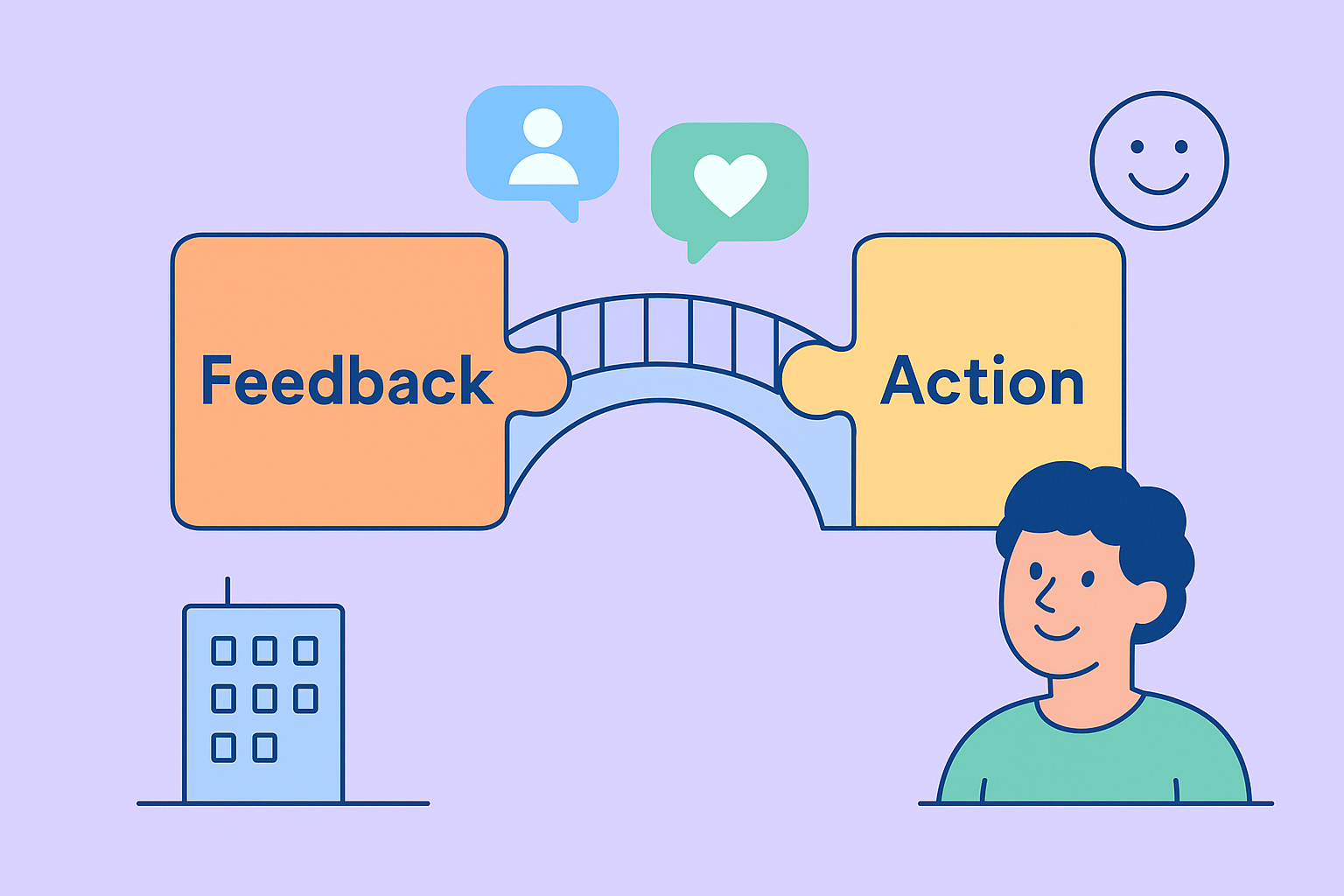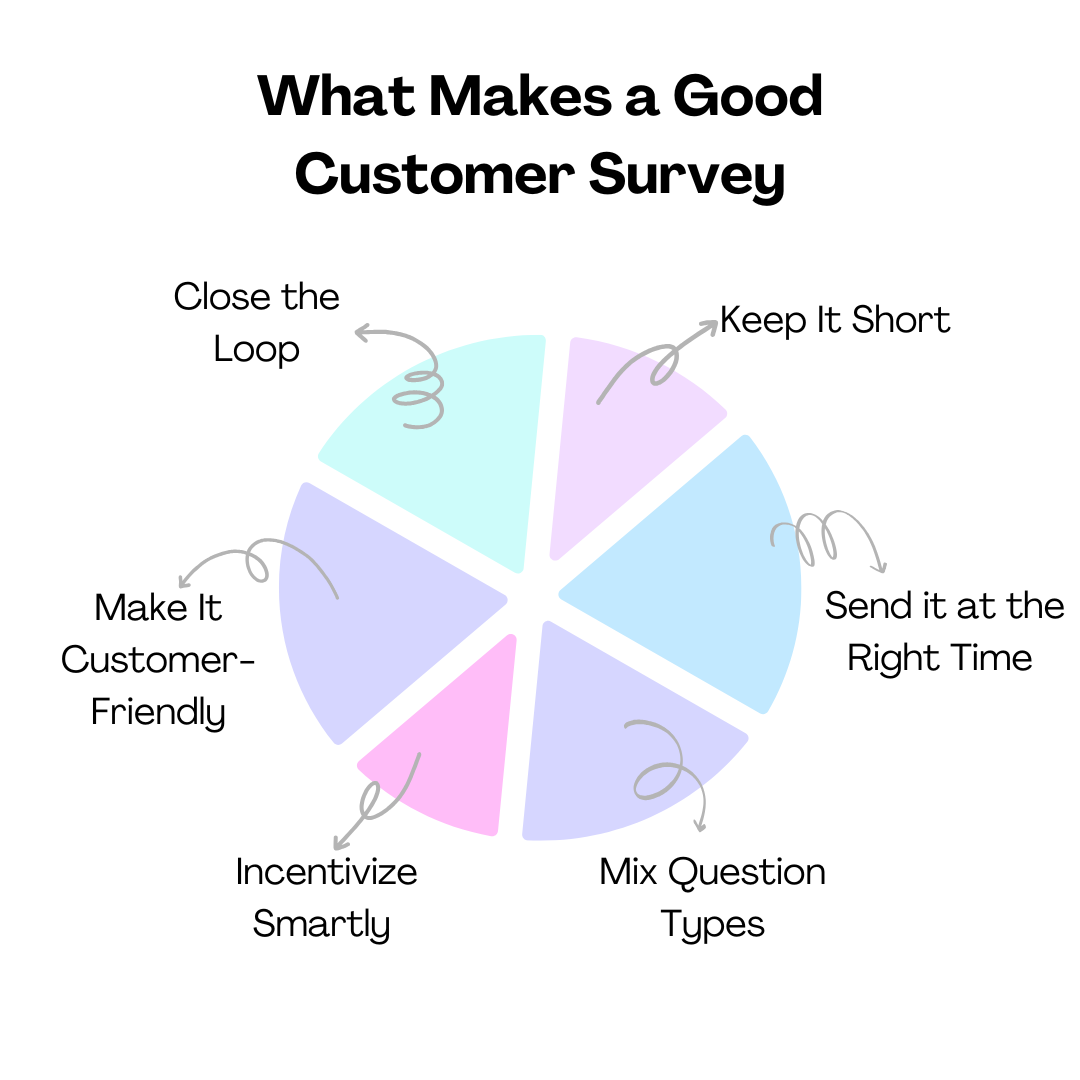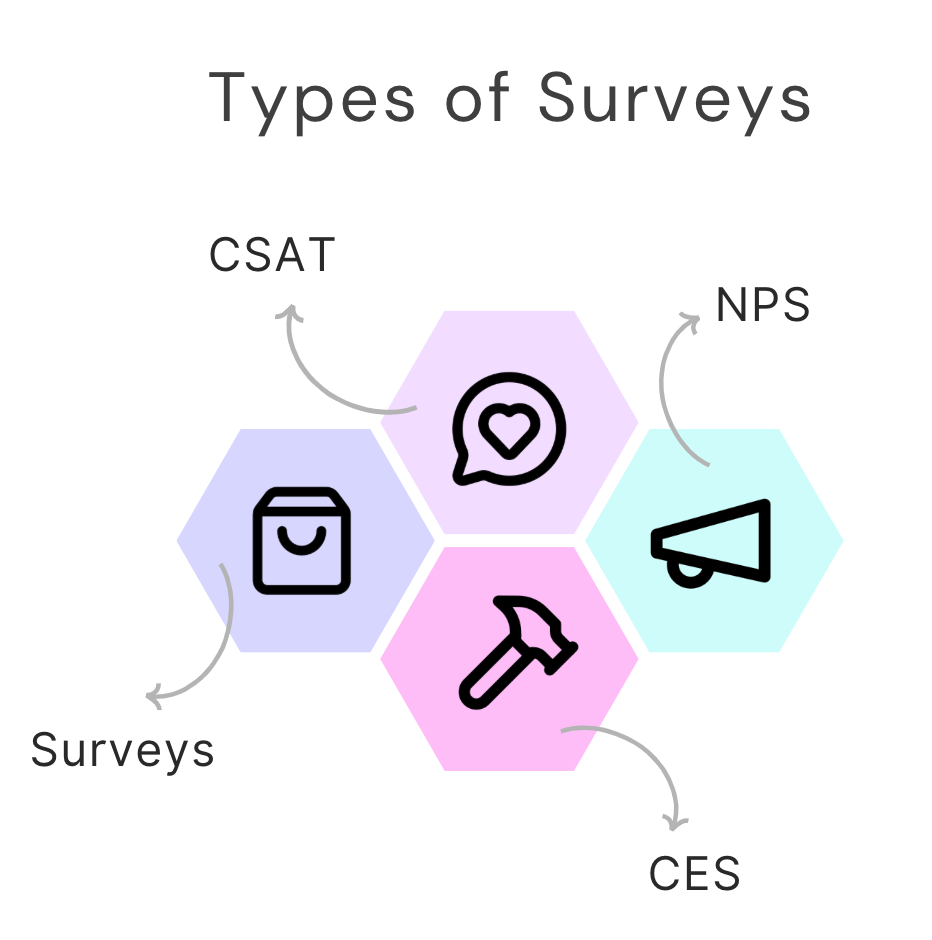Customer Surveys 101: How to Create Effective Customer Satisfaction Surveys

Here’s the thing, brands like Chewy, Starbucks, and Amazon have figured out one of the most underrated secrets to customer loyalty: they actually listen. Not just through social media mentions or angry tweets, but through thoughtful, bite-sized customer surveys. Done right, surveys aren’t boring forms people skip. They’re conversations, a way for customers to tell you what’s working, what’s not, and what could be better.
But let’s be honest: most surveys are boring. They’re too long, too complicated, and worst of all, nothing ever changes after you fill one out. So the real question is, how do you create surveys that customers actually want to answer, and that give you insights you can act on?
This post is your practical playbook, packed with real brand examples, actionable tips, and advice you can use immediately.
Why Surveys Still Matter (Yes, Even in 2025)
With AI sentiment analysis and advanced analytics everywhere, you might wonder: do surveys even matter anymore? The answer is a firm yes.
- Direct insights → No algorithms or guesswork. Just straight-up feedback from customers.
- Reveal friction points → If checkout is clunky, deliveries are late, or your onboarding is confusing, surveys bring it to light.
- Show you care → Asking for feedback (and acting on it) signals that your customers matter.
Take Starbucks as an example. Their app sends quick surveys and rewards customers with loyalty points for completing them. Short, simple, and impactful. Customers feel heard, and Starbucks gets actionable insights.
AI can supercharge this process. With AI-powered survey platforms, you can automatically analyze open-ended responses, detect sentiment, and highlight trends, without manually sifting through hundreds of answers. This not only saves time but also ensures your team acts on data in real-time.
Pro Tip: Use AI to tag responses by category, like delivery issues, product quality, or support satisfaction. It’s a fast way to prioritize fixes.
What Makes a Good Customer Survey
Creating a survey is easy. Creating a survey people actually finish? That’s the real challenge. Here’s how top brands do it:

1. Keep It Short
Nobody has 15 minutes to waste. According to Zendesk, 60% of people abandon surveys longer than 10 minutes. Stick to 5–7 questions max.
Example: Amazon’s post-delivery surveys are just three questions, quick and effective.
Pro Tip: Decide which questions truly matter. If you’re tracking CSAT, one rating question plus one optional open-ended question can be enough.
2. Send It at the Right Time
Timing matters:
- After purchase → “How was checkout?”
- After delivery → “Did your order arrive on time?”
- After support interactions → “How helpful was our agent?”
Chewy nails this. They send empathetic surveys right after customer interactions, sometimes uncovering emotional stories, like when a pet passes away. In those cases, Chewy has even sent flowers. Timing makes customers feel seen.
Pro Tip: Use virtual assistants to schedule survey sends automatically based on customer actions. It ensures consistency without adding to your team’s workload.
3. Mix Question Types
Don’t rely solely on multiple choice. Use a mix:
- Quick yes/no or rating questions
- Optional open-ended questions
Slack does this well, adding a small text box after ratings for customers to explain further. This gives both measurable data and richer insights.
Pro Tip: Add conditional logic — skip questions that don’t apply based on previous answers. This reduces survey fatigue and increases completion rates.
4. Incentivize Smartly
People are busy. Encourage participation with:
- Loyalty points or coupons
- Charitable donations on their behalf
- Early access to new products or features
Starbucks rewards survey participants with loyalty points, a win-win for customers and the company.
Example: A D2C skincare brand we worked with offered a $5 discount after completing a 3-question post-purchase survey. Completion rates jumped 35%, and repeat purchases increased by 25%.
5. Make It Customer-Friendly
- Allow skipping irrelevant questions
- Keep questions optional
- Offer multiple response channels (email, text, in-app)
Airbnb excels here, giving both hosts and guests flexibility while still collecting valuable feedback.
Pro Tip: Include a mobile-first design, most customers respond via smartphones. Quick-loading forms improve participation.
6. Close the Loop
Collecting feedback is only step one. Customers want to know their voice mattered.
- Thank them
- Share changes you’re making
- Send updates when improvements roll out
Pro Tip: Automate follow-ups for low scores using virtual assistants, it shows proactive service and strengthens loyalty.
Different Types of Surveys Worth Running
Not all surveys are the same. Here’s what to know:
- CSAT (Customer Satisfaction Score) → “How satisfied were you with your experience?”
Best for support or post-purchase check-ins. Example: Apple after Genius Bar visits. - NPS (Net Promoter Score) → “Would you recommend us to a friend?”
Best for measuring loyalty. Example: Tesla monitors NPS closely to track brand advocates. - CES (Customer Effort Score) → “How easy was it to get this done?”
Best for measuring friction. Example: Spotify uses CES to improve troubleshooting. - Post-purchase surveys → “Why did you choose us?”
Best for understanding purchase drivers. Example: Sephora leverages this to refine recommendations.

AI tools can help segment responses, spot patterns, and even predict customer churn based on survey answers, taking guesswork out of decision-making.
Pro Tip: Combine survey types strategically, use CES for support touchpoints, CSAT post-purchase, and NPS quarterly to measure loyalty trends.
Big Mistakes to Avoid
Even well-meaning surveys can flop. Watch out for:
1) Making every question mandatory → people drop off fast
2) Leading questions → “How amazing was our support?” feels fake
3) Skipping testing → trial-run surveys before a full send
4) Over-surveying → too many requests and customers tune out
5) Ignoring the data → asking for feedback but not acting on it kills trust
Remember Domino’s? Surveys revealed people hated their pizza in 2009. They owned it, revamped the recipe, and shared the update with customers. Sales exploded.
Pro Tip: Always A/B test survey subject lines, question order, and timing to see what works best for your audience.
Turning Feedback Into Action
Collecting data isn’t enough. Here’s how to make it count:
- Spot patterns → recurring mentions reveal priorities
- Prioritize fixes → address issues impacting the most customers first
- Share insights across teams → product, support, and marketing all benefit
- Tell customers what changed → “You said delivery was slow, so we switched to FedEx”
With AI-powered dashboards, you can automatically detect trends, highlight urgent issues, and ensure every team sees what matters most, instantly. Virtual assistants can even follow up on negative responses, keeping your brand responsive and attentive.
Example: A fintech startup discovered through NPS analysis that onboarding was confusing. They redesigned the flow and saw churn drop 15% in the next quarter.
Wrapping It Up: Make Surveys Worth Answering
The bottom line? People don’t hate surveys. They hate bad surveys. Short, relevant surveys that lead to action will be answered, and they help you:
- Build stronger relationships
- Spot friction before it escalates
- Drive customer loyalty
Whether you’re a small startup or scaling like Amazon, the rules are the same:
- Keep it short
- Ask at the right time
- Incentivize smartly
- Act on feedback
Surveys aren’t just data tools, they’re relationship-building machines. And with AI-powered help desks and virtual assistant support, brands can scale surveys, analyze responses in real-time, and act faster than ever.
Start treating surveys as a two-way street, and your customers won’t just answer, they’ll stick around.